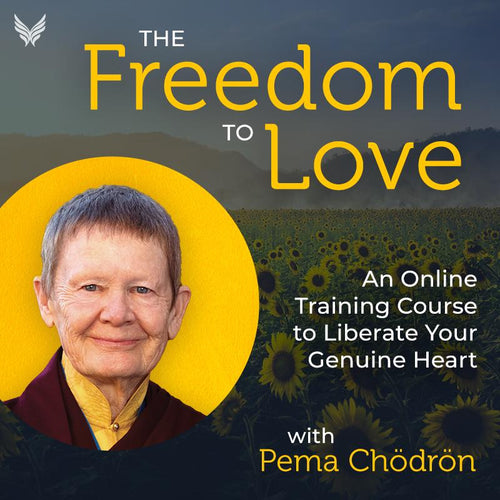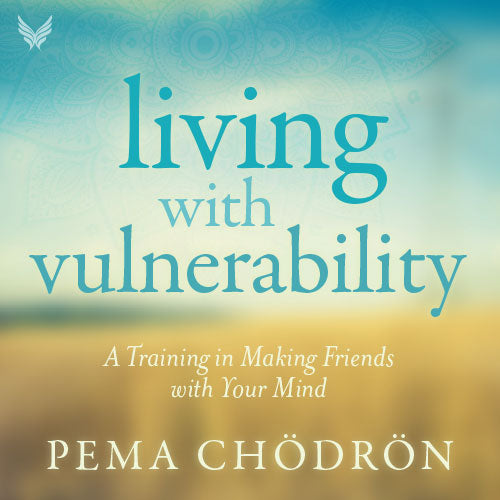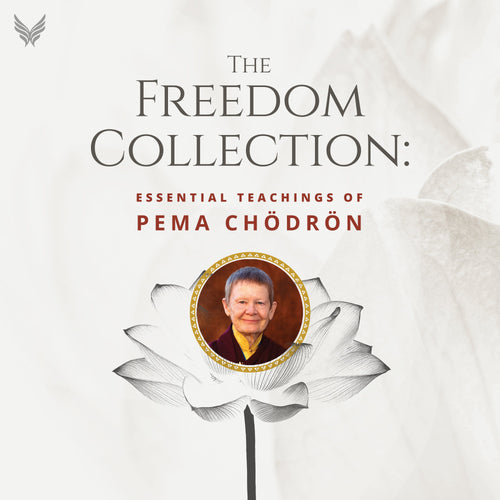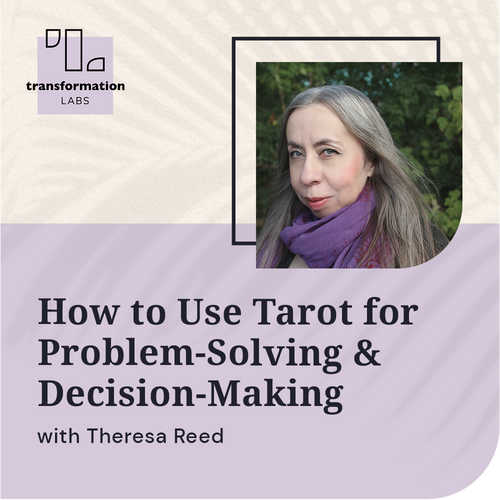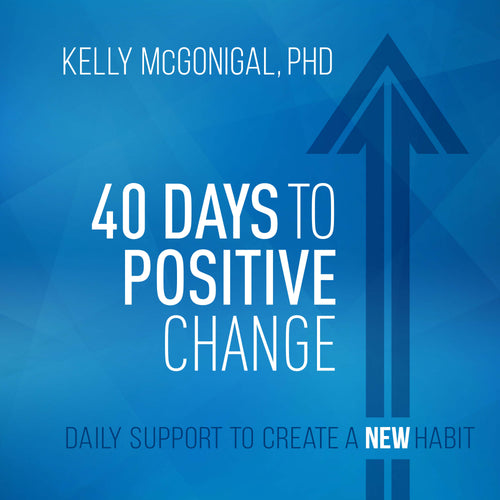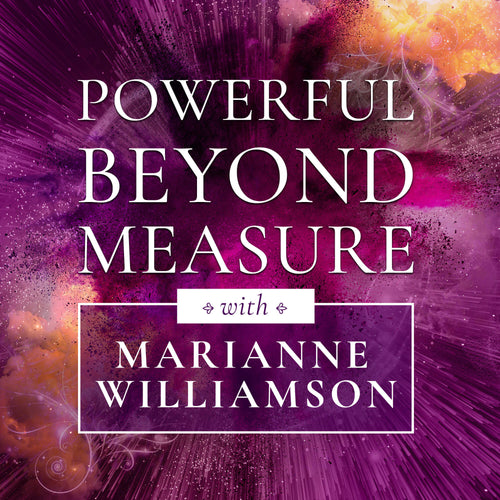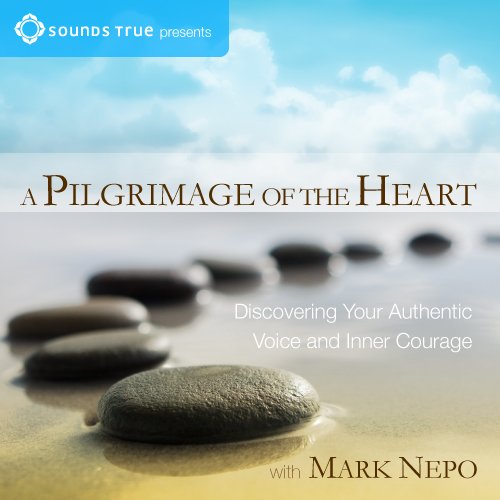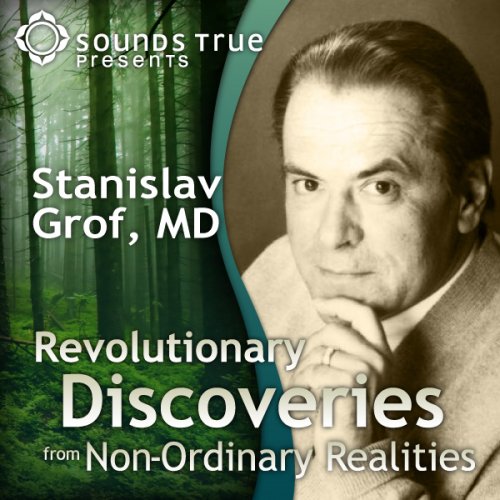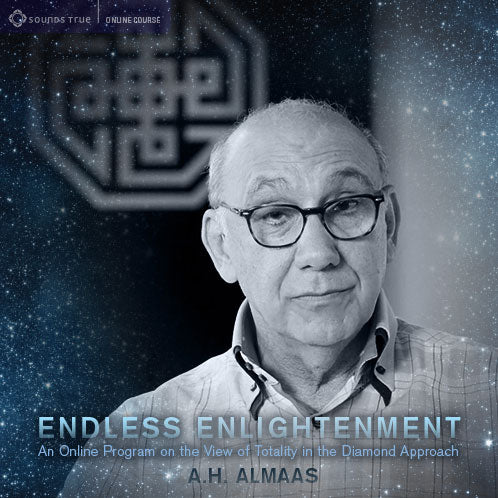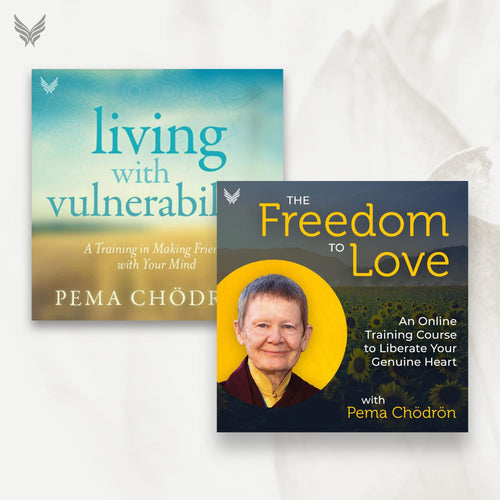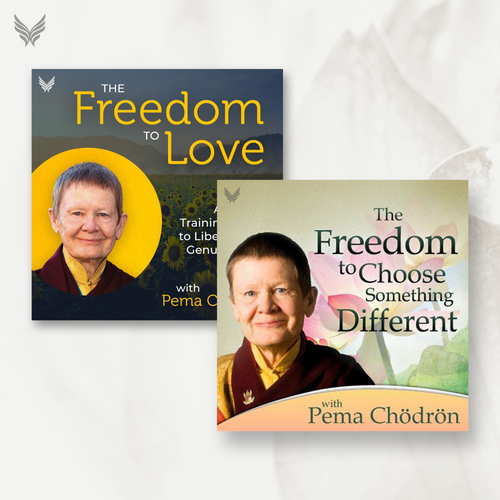Stepping into the world of spiritual healing courses, you’ll find a vibrant landscape of practices, each one opening a doorway to greater peace, balance, and self-discovery. Rooted in ancient wisdom and modern mindfulness, these approaches invite you to slow down, tune in, and reconnect with your natural capacity for wholeness.
Reiki: Channeling Energy for Renewal
Reiki sits at the heart of many healing journeys. This Japanese practice invites a gentle “laying on of hands,” where practitioners channel universal life energy to encourage balance and relaxation. Grounded in compassion and mindful presence, Reiki creates space for both physical and emotional release. Many participants describe an immediate sense of calm and clarity that continues to unfold long after their session ends.
Chakra Balancing: Restoring Flow and Harmony
Chakra Balancing draws from ancient teachings centered on the energetic “wheels” that align along the spine, from the grounding root at the base to the luminous crown above. When these centers become blocked or overactive, you might feel drained, restless, or disconnected. Through guided meditation, sound, gentle movement, or visualization, chakra balancing restores alignment and flow, much like tuning a delicate instrument that links the body and spirit.
Beyond the Basics: Expanding Your Healing Practice
The beauty of spiritual healing courses online lies in their variety. Many weave together complementary practices such as crystal healing, shamanic journeying, sound baths, and mindful breathwork. Each course becomes an invitation to connect with your intuitive wisdom, gently release what no longer serves, and deepen your relationship with inner peace and vitality.
Finding Your Personal Path to Wholeness
Every healing path is deeply personal, and therefore, there’s no single way to restore balance or awaken the spirit. Instead, these modalities encourage you to listen inward, trust your rhythm, and nurture yourself one moment at a time. Through continued practice, each modality offers a way to rediscover harmony within both soul and body.
How Spiritual Healing Courses Foster Mindfulness and Presence
When daily life pulls us in a dozen directions, spiritual healing courses offer a quiet return to center. These experiences remind us that mindfulness is not a skill to perfect, but a way of being.
Returning to the Present Moment
At the heart of every mindful practice is awareness. Through guided meditation, breathwork, and contemplative exercises, participants learn to steady their attention and rest in the present. A few deep, conscious breaths can shift awareness from distraction to stillness. A slow body scan helps reconnect you to physical sensation and emotional tone, while a brief period of silent observation allows thought patterns to soften. Over time, these practices weave mindfulness into ordinary momentum, like cooking, walking, or even listening to someone speak.
Popular Mindfulness Practices in Spiritual Healing
Many spiritual healing courses online explore familiar and accessible mindfulness techniques.
- Guided Meditations: Gentle verbal guidance leads participants through imagery, breath awareness, or loving-kindness reflections that nurture ease and clarity.
- Body Awareness Exercises: Simple scanning practices invite attention to different areas of the body, helping release tension and awaken presence.
- Breathwork: Focused breathing exercises calm the nervous system and create a bridge between mind and body.
- Mantra and Sound Practices: Repetition of sacred sounds or affirmations helps center awareness and quiet internal noise.
- Walking Meditation: Slow, intentional steps connect movement with mindfulness, grounding the practitioner in both physical and spiritual rhythm.
How Mindfulness Opens the Door to Spiritual Rediscovery
Over time, these practices become less about techniques and more about transformation. They create a gentle spaciousness where awareness expands and self-understanding deepens. Participants often notice subtle shifts: greater steadiness in the face of challenge, warmth in daily interactions, and a renewed capacity for compassion.
In community-based spiritual healing courses, this rediscovery becomes even richer. Shared intention and group reflection remind each participant that mindfulness is both personal and collective, a shared act of remembering who we truly are beneath the noise.
Embodied Practice: Turning Lessons into Daily Life
The teachings from spiritual healing courses find their true power when they move beyond insight and become lived experience. Small acts woven into morning routines or quiet evening pauses can anchor mindfulness and compassion throughout the day. Note that these moments do not need to be grand or elaborate, as their strength lies in repetition and sincerity. Here are a few meaningful ways to bring what you learn into daily life:
- Begin the day with presence: Before reaching for your phone, take three intentional breaths and place a hand over your heart. Let this small pause remind you of your connection to self and spirit.
- Turn movement into meditation: During a walk or stretch, allow awareness to rest in the rhythm of your steps and the sensations in your body. Movement can become prayer in motion, a reminder that mindfulness can live anywhere.
- Create moments of mindful pause: Between tasks, take a few breaths to release tension and invite clarity. Even a brief pause between meetings or chores can reset your energy and soften your focus.
- Anchor gratitude through ritual: Light a candle or speak a short affirmation each evening to honor what you’ve learned that day. This simple act nurtures reflection and steadies the mind before rest.
- Use journaling as integration: Write freely for a few minutes after a guided practice or course session. Let your reflections capture insights, emotions, or questions that surface. Over time, your journal becomes a living record of growth.
- Infuse mindfulness into ordinary tasks: Washing dishes, preparing tea, or folding laundry can all become quiet meditations. The act itself becomes sacred when done with full awareness.
- End the day with release: Before sleep, scan through your day with compassion. Acknowledge moments of peace, tension, and gratitude. This gentle review allows each day to close in understanding rather than judgment.
Navigating Sensitive Topics with Compassion
Healing often calls us to explore the places within that have long waited for understanding. Through spiritual healing courses, this exploration becomes a guided process, one that honors vulnerability and replaces judgment with care. When we meet pain with patience, we begin to rediscover the strength that has quietly lived beneath it all along.
Approaching Trauma Carefully
During spiritual practice, memories or emotions can surface that feel heavy or unfamiliar. Instead of turning away, gentle awareness allows these experiences to unfold safely. Teachers within spiritual healing courses online often remind participants that healing is a gradual journey. These simple grounding techniques can also help:
- Pause and breathe deeply when discomfort arises. Allow your breath to anchor you in the present moment.
- Acknowledge sensations without trying to change them. This softens resistance and invites understanding.
- Set healthy boundaries by resting, stepping outside, or journaling when emotions feel overwhelming.
Using Trusted Resources for Healing and Reflection
To further nurture your process, Sounds True offers resources that meet these tender moments with wisdom and compassion. Our collection of spirituality books offers insights from teachers who speak candidly about pain, resilience, and transformation. Reading these works can help you feel seen, understood, and gently accompanied through your own inner work.
For those drawn to experiential practice, spiritual meditation and guided audio programs provide supportive ways to settle the mind and reconnect with peace. Listening to a trusted voice can make stillness feel safe again, offering presence when words alone may fall short.
Honoring the Journey as a Whole
Healing through trauma is rarely linear. There will be moments of clarity, release, and renewal interwoven with days that feel quieter and more introspective. What matters most is the commitment to stay gentle with yourself, with the process, and with those who walk beside you. In every spiritual healing course, the invitation remains the same: to meet what arises with compassion and curiosity.
Journaling Throughout Your Spiritual Healing Courses
Writing through your experiences in spiritual healing courses can transform reflection into revelation. Journaling helps bridge the gap between what you learn and how you live, turning insight into lasting awareness. Here are some meaningful ways to use your journal as a companion throughout your journey:
- Record daily reflections after each session: Capture what resonated most from a teaching or meditation. Even a few sentences about how a lesson made you feel can root wisdom more deeply in your awareness.
- Name emotions as they arise: When joy, resistance, or grief surface, write them down with honesty and compassion. Seeing emotions in words helps you recognize patterns and honor your growth.
- Track physical and energetic changes: Note sensations in your body before and after practicing. Awareness of these subtle shifts helps you connect spiritual learning with embodied experience.
- Write about moments of clarity: When an idea clicks or a long-held belief begins to soften, record the realization. These “lightbulb moments” show how your understanding evolves.
- Reflect on challenges with gentleness: If you struggle with a concept or practice, describe the difficulty without judgment. Writing through discomfort often reveals hidden insights and self-kindness.
- Express gratitude: List a few things, big or small, that brought peace, perspective, or connection that day. Gratitude entries train the heart to notice abundance in the midst of healing.
- Revisit old entries periodically: Looking back allows you to witness transformation. You may see how compassion deepened, tension eased, or intuition strengthened across your spiritual healing process.
Read More:


